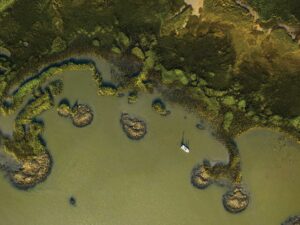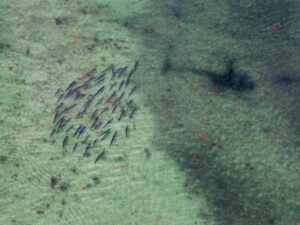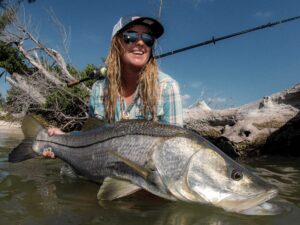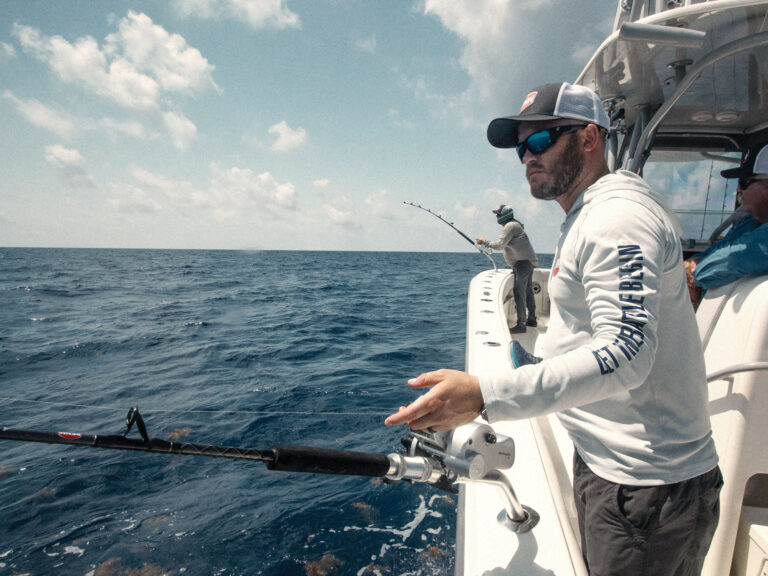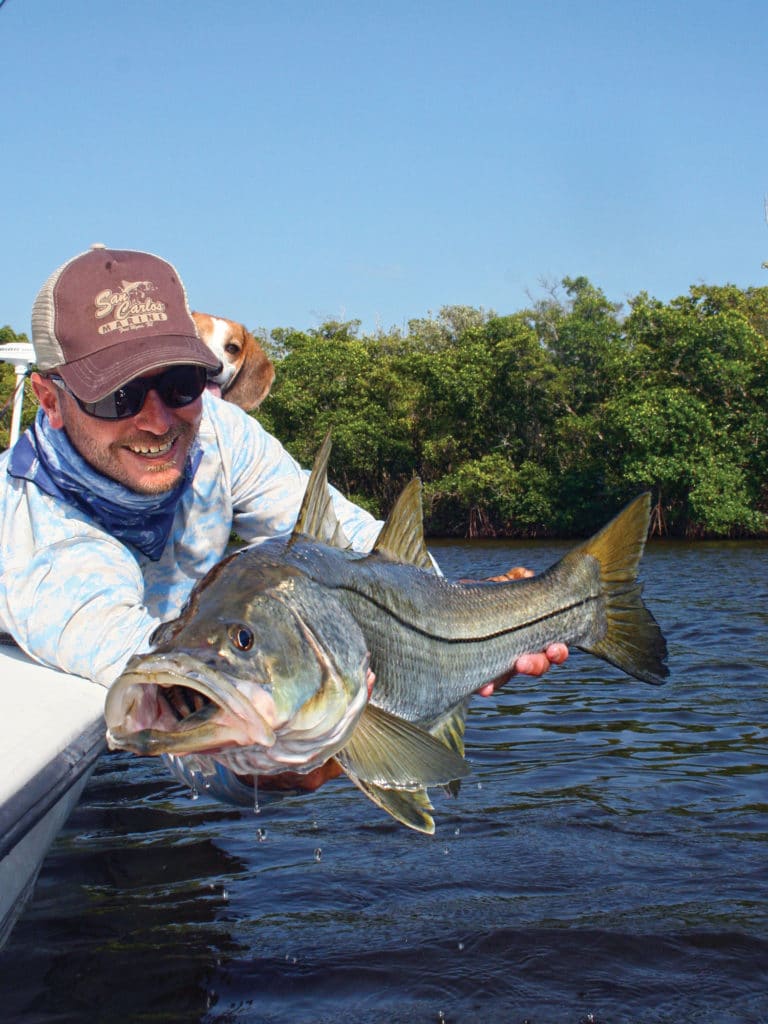
Snap! The 30-pound leader parted, leaving my buddy Denny Wagner with one end while a 20-pound snook took the other. “Ahh!” Wagner shouted as he slammed down his rod.
A slow snook bite had made for a long day, so everyone on board was a bit dejected. Wagner, a former host of the TV show Shark Men, who’s hauled in 1,000-pound great white sharks, doesn’t like to lose fish, especially trophy snook. But the 20-pounder simply jumped, severed the leader and earned its freedom after a 10-minute battle. But without missing a beat, Capt. Chris Rush hooked on another threadfin herring, spying a shadow along a Cape Coral mangrove shoreline. “Right there. Thirty yards. It’s another 20-pounder,” said Rush, just before deftly dropping the live bait a mere foot away from the looming shadow. Wha-boom! Just that quickly, Rush was on.
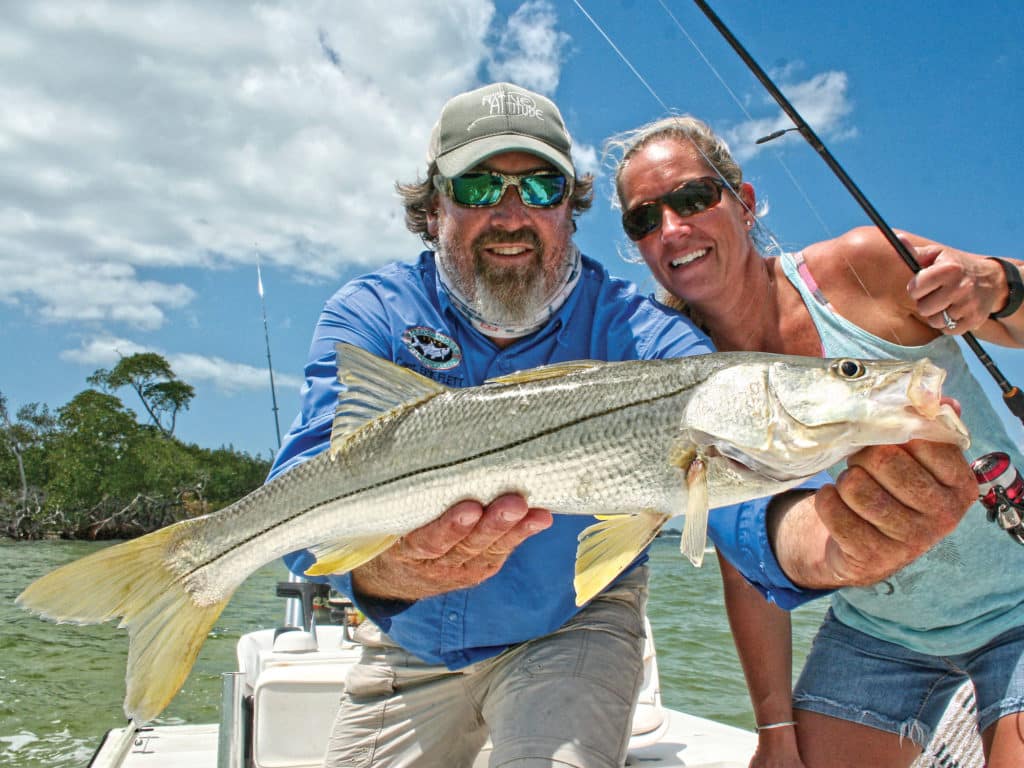
Pine Island Pro
Before Wagner and I ventured into the Cape Coral backcountry with Rush, I met up with Capt. Erik Flett at the T-dock of South Seas Resort on Captiva Island, where another good friend, Heather Solt Tracey, joined me aboard Flett’s 21-foot Lake & Bay to hit Gulf snook in Pine Island Sound.
Flett, a seasoned pro who operates out of Tarpon Lodge, started us out casting live pilchards to mangrove roots and dock pilings along Cayo Costa’s shoreline. “Large snook stick to this particular stretch with the outgoing tide, and they stack up along the beach as bait schools funnel down with the current,” explained Flett, who likes to fish pilchards on 2/0 to 4/0 circle hooks embedded in the transparent spot between the baits’ upper lips and eyes so they can swim unhindered.
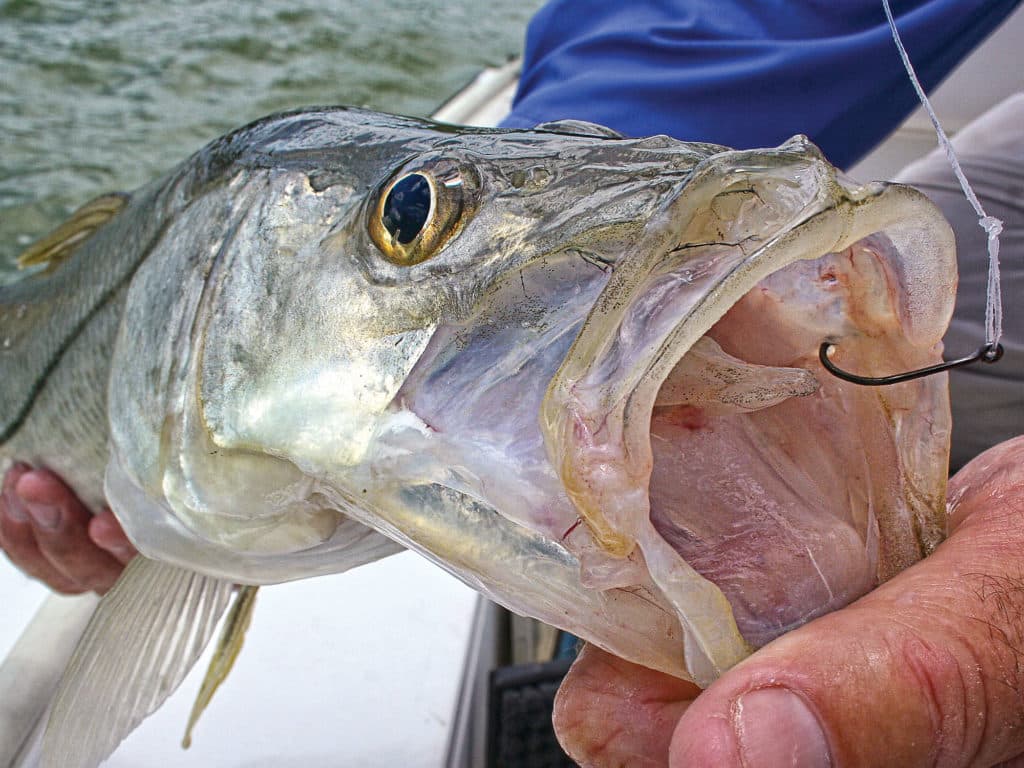
Tracey had just tossed her pilchard between some mangrove roots when a 5-pound snook pounced on it. I repeated the process right behind her, completing the doubleheader with an 8-pounder. “You have to understand where the snook are hanging at certain tide stages, during both the incoming and outgoing. Snook always want to have their nose into the current to intercept baitfish,” Flett said.
And he was right on the money. As he kept the boat creeping parallel to the long shoreline, Tracey and I hooked snook after snook, all expecting the incoming tide to serve up their favorite snacks. The prolific fishing session produced a total of 18 linesiders up to 8 pounds. Playing catch-and-release the entire day sure was fun, but to see a novice angler like Tracey add a new species to her saltwater hit list made the trip even more enjoyable. She was all smiles when we stopped at Cabbage Key for a well-earned lunch.
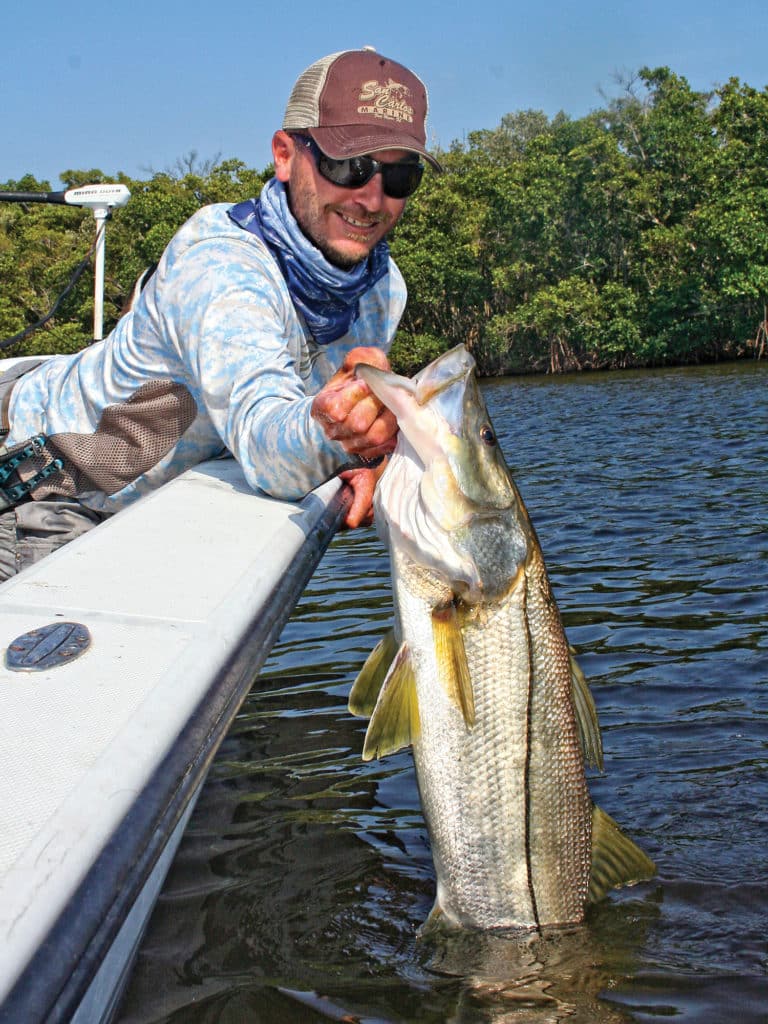
Rush Hour
The next morning, Rush, Wagner and I continued our hunt for snook. After gathering enough lively threadfins at a nearby bridge, we moved into Cape Coral’s backwaters, where oyster bars horseshoed an area where funneling forage attracted all sorts of game fish. “Incoming tides are hot for snook,” Rush said. “Baitfish flush over the oysters and try to find shelter in shallow water, and snook patrol the area down-current. During incoming tides, they file in quickly and wait for the bait to flush out.”
Rush’s go-to snook rig consists of a spinning outfit with 15-pound PowerPro braid, a top shot of 30-pound Yo-Zuri fluorocarbon, and a 4/0 Owner Mutu light circle hook on the business end, which he inserts in the nose of a live 5-inch threadfin herring. For the better part of the morning, live-baiting along the oyster bar had produced a bunch of snooklets to 6 pounds, big seatrout to 8 pounds, and a few redfish, but no trophy snook.
“Let’s get in deep,” said Rush as he pointed the bow toward the tannic waters and winding coves of Punta Blanca Island. “Trophy snook need hard tides where the bait flushes out. The big ones are pretty stationary creatures. Many times they only move a hundred yards back and forth from their haunt, and they can be lazy, so you have to go to them.” Rush put down the Power-Pole so we could cherry-pick the fishy-looking nooks and crannies in the mangroves to pitch our baits into.
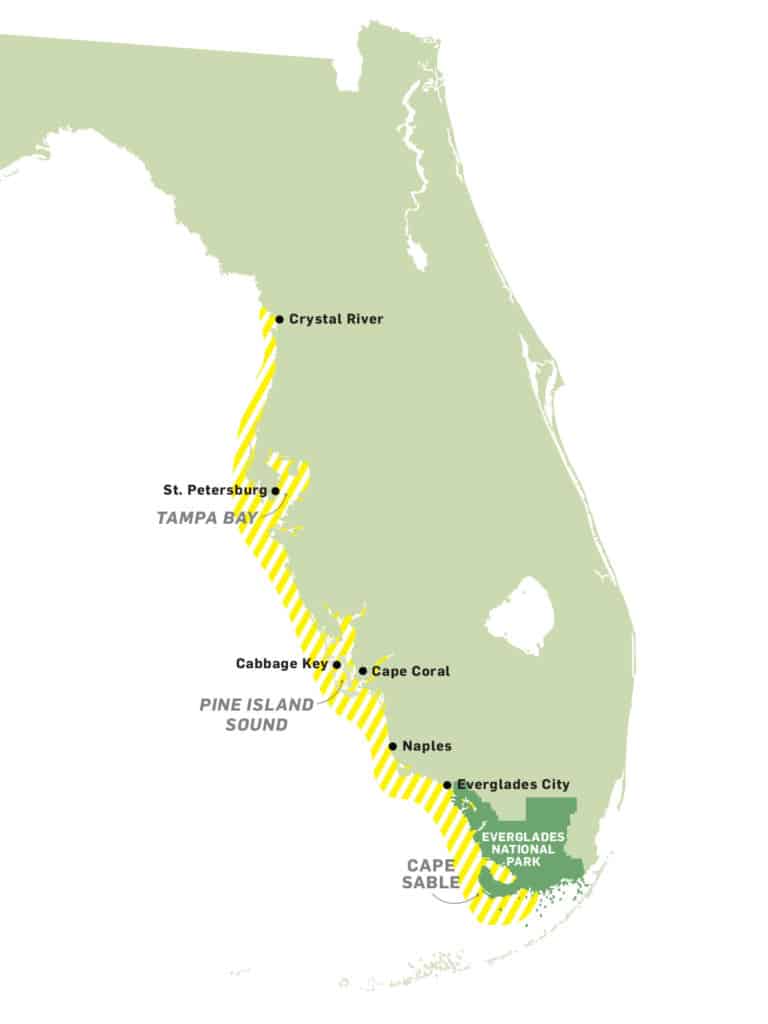
Rush only uses 15-pound braid, and the light line lets him set up shop a safe distance away, where his anglers remain undetected but are still able to reach likely fish hangouts with long casts. “Snook stay tight to the roots, and your cast landing just a foot short often means your bait won’t get hit,” he said. “Big snook are very particular. They see it all, and if you don’t convince them on the first shot, you may not have another chance to change their minds.”
Only minutes after Wagner busted off the big 20-pounder, sweet justice made a rare appearance. Rush was on and buttoned up tight, and his snook was serious game. After a long, nerve-racking moment, Wagner leaned over the gunwale, grabbed the lower jaw of the 23-pound linesider, and bear-hugged it into the boat.
“This one ain’t gettin’ away!” he declared, just before Rush held it up for a couple of photos and gently returned the Gulf Coast beauty to the water for release. Time to celebrate with high-fives.
Linesider Arsenal
Lively or lifelike imitations of baitfish and shrimp are the best ammo to fool snook.
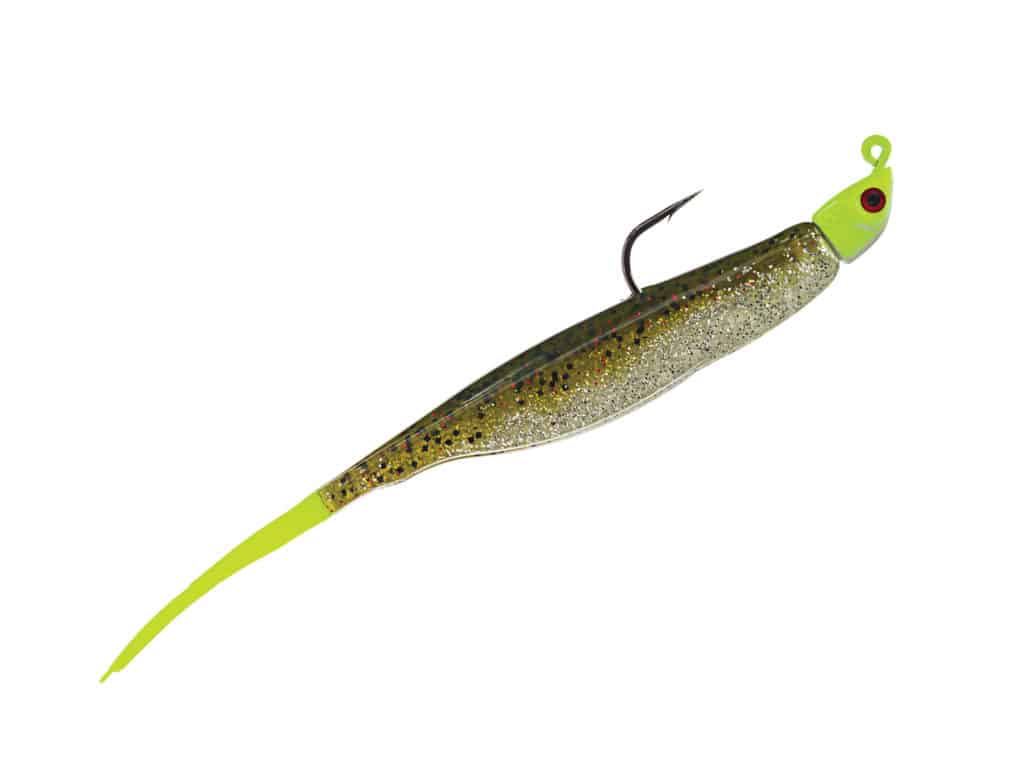
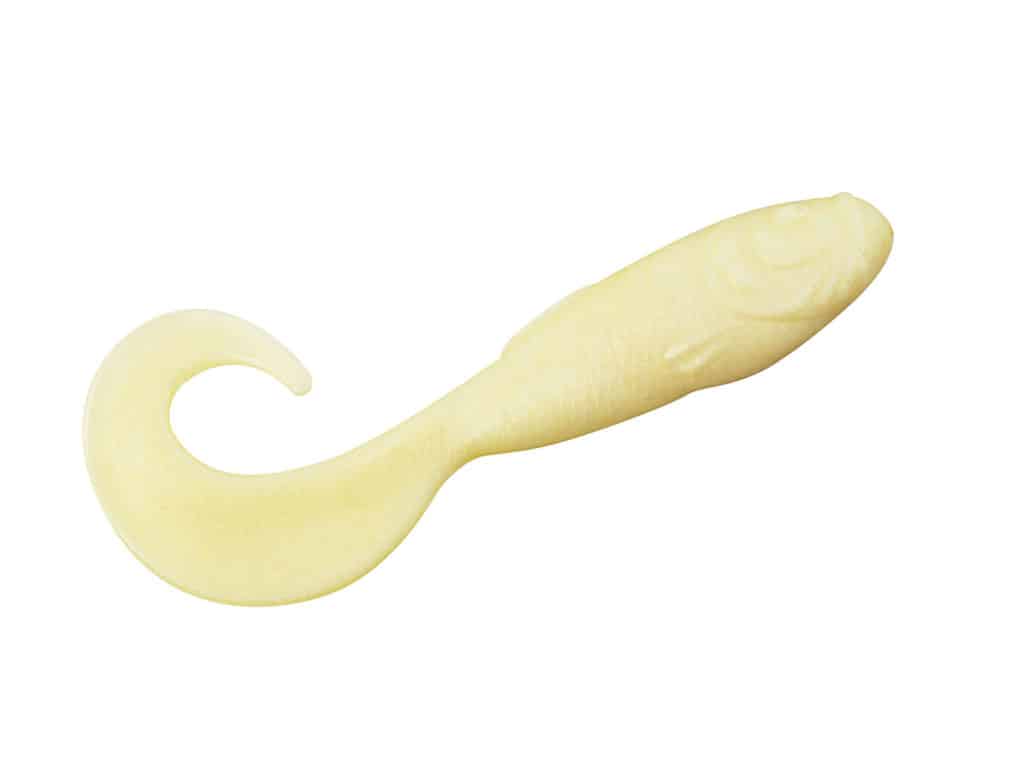
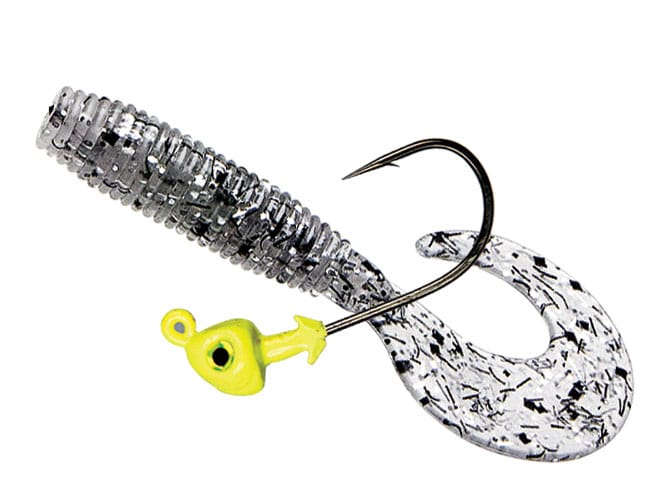
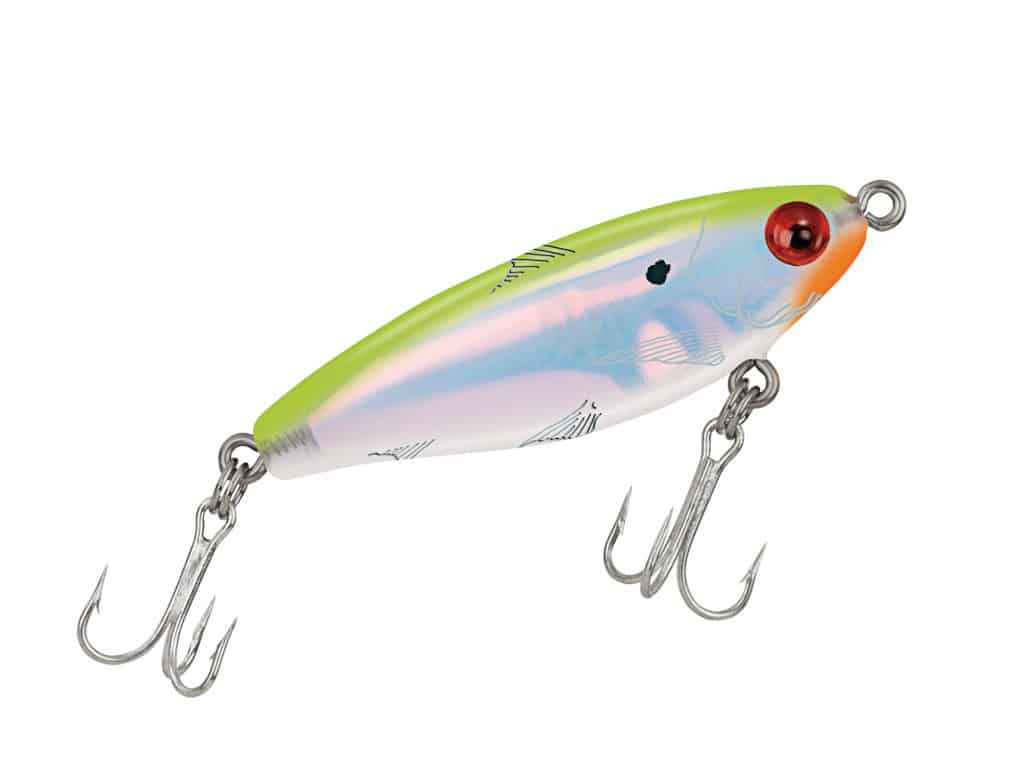
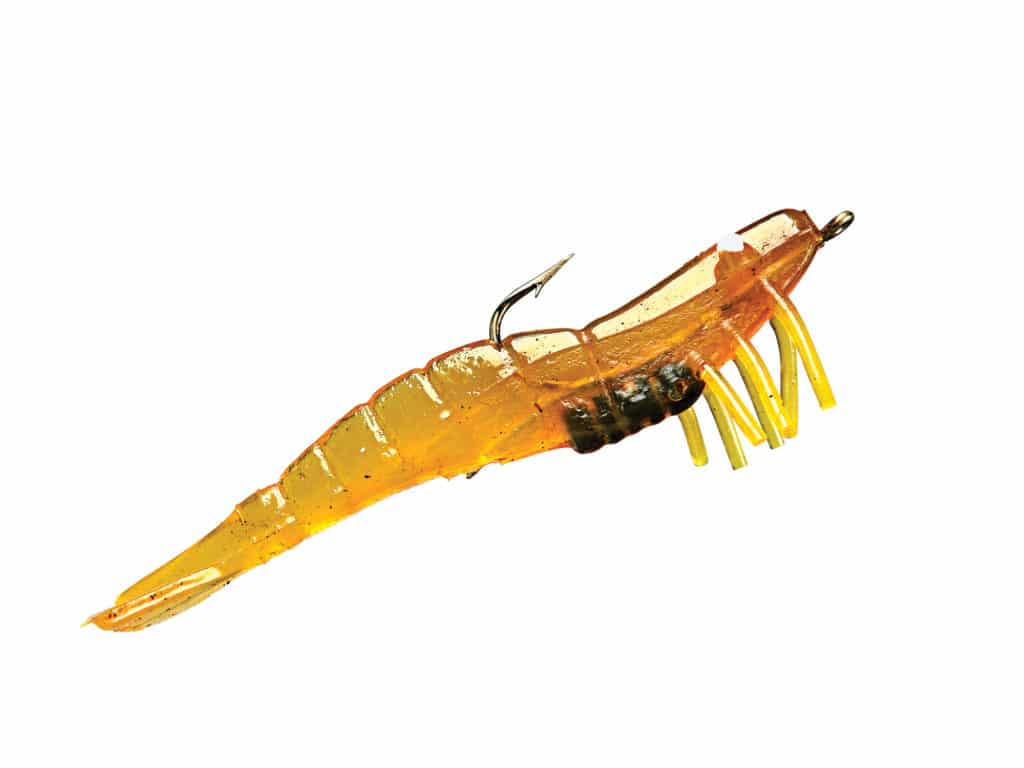
Fast Facts for Success
Live-Feed: Locate areas with schooling baitfish, and snook are bound to be around. Fish either live bait or good imitations for best results.
Find Current: Snook let the tide serve most of their meals. Find spots with moving water, where they wait in ambush, facing the current.
Be Accurate: Snook lurk close to mangrove roots, pilings, oyster bars and other structure, requiring pinpoint casts into tight quarters to score.
SWS Planner
Gulf Coast Snook
What: Snook
When: Year-round, but best action April through September
Where: Florida Gulf Coast, from Crystal River south through the Everglades
Who: Wading anglers on beaches and some mangrove shorelines, but a boat affords access to countless other areas to target the fish under different conditions. These Gulf Coast guides are snook experts:
**Capt. Erik Flett ** Pine Island, Florida 239-872-7841
**Capt. Tom Walsh ** Captiva, Florida 239-472-5111
SWS Tackle Box
Rods: 7-foot spinning or conventional, medium to heavy action, rated for 20- to 30-pound line
Reels: Size 4000 to 5000 spinning, or 12 to 16 conventional
Line: 15- to 30-pound braid
Leader: 30- to 40-pound fluorocarbon
Lures: Bass Assassins, Zoom Grubs, Berkley Gulp! Swimmin’ Mullets or Fin-S Fish fished on 1⁄4- to 1⁄2-ounce lead-heads; 3- to 4-inch D.O.A. Shrimp; various MirrOlure plugs
Bait: Live threadfin herring, pilchards or pinfish
Terminal Tackle: Owner Mutu light or Gamakatsu Octopus circle hooks, size 3/0 to 4/0


